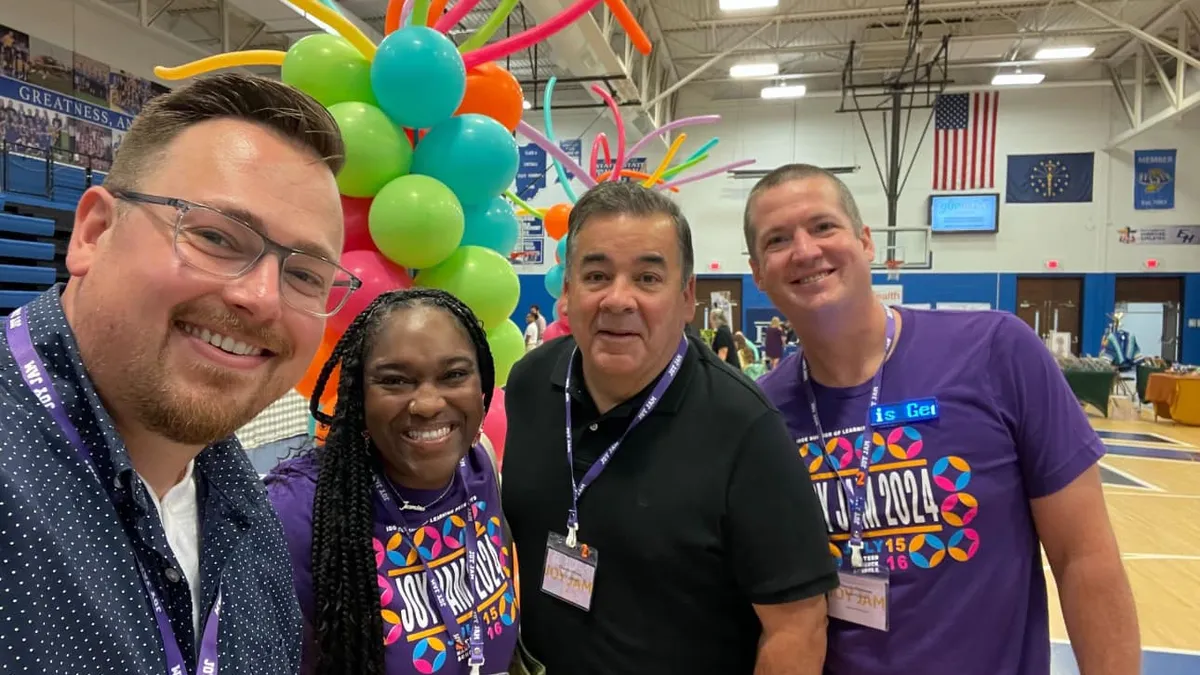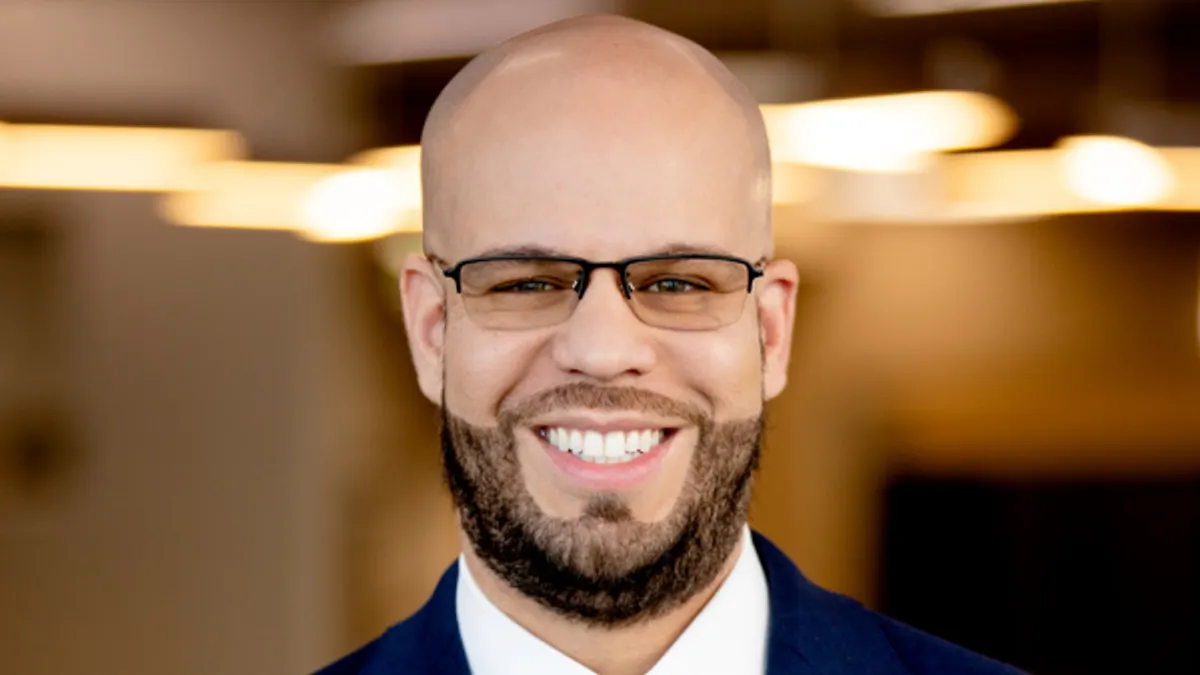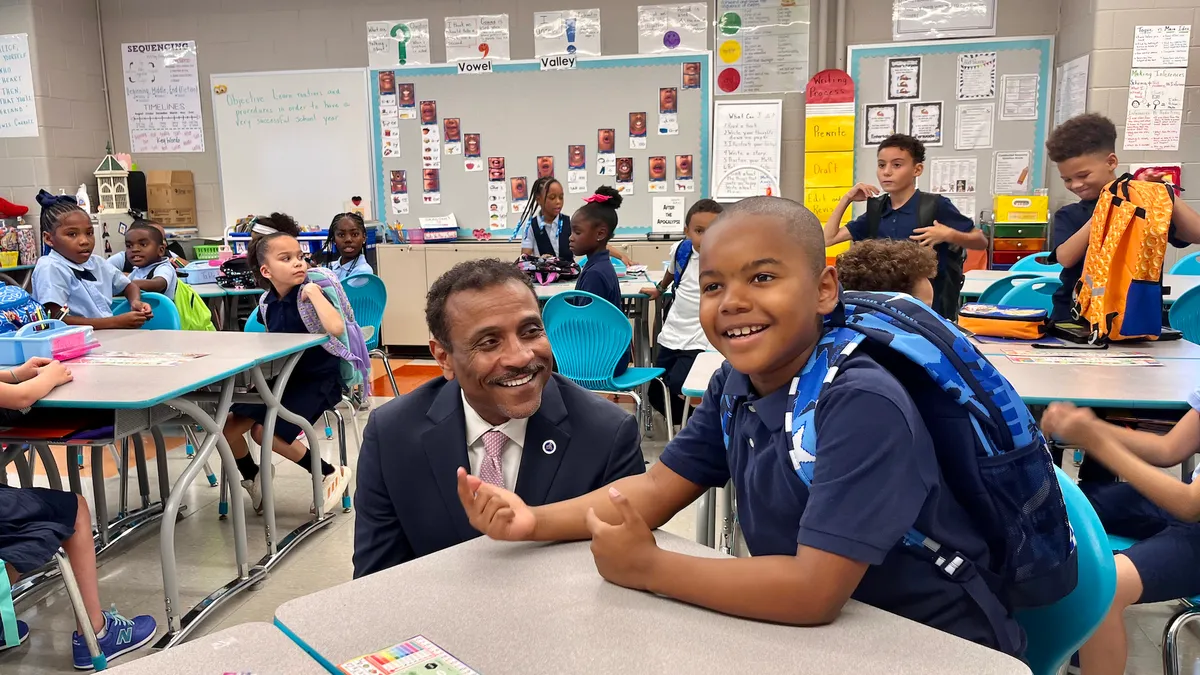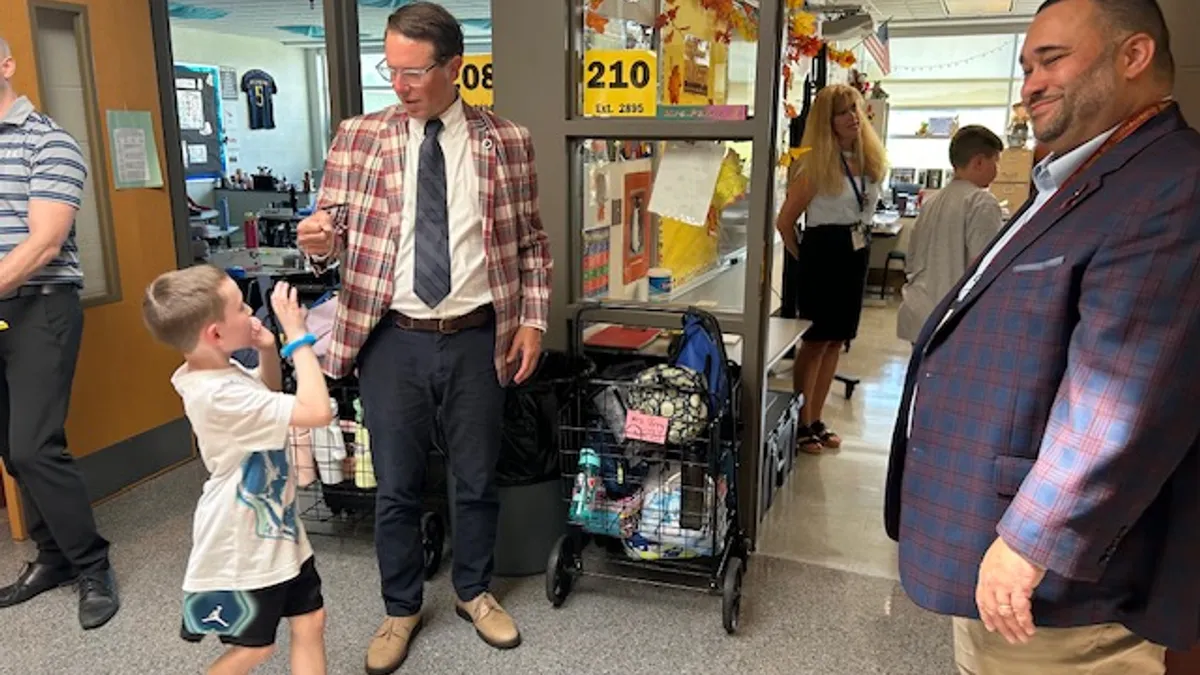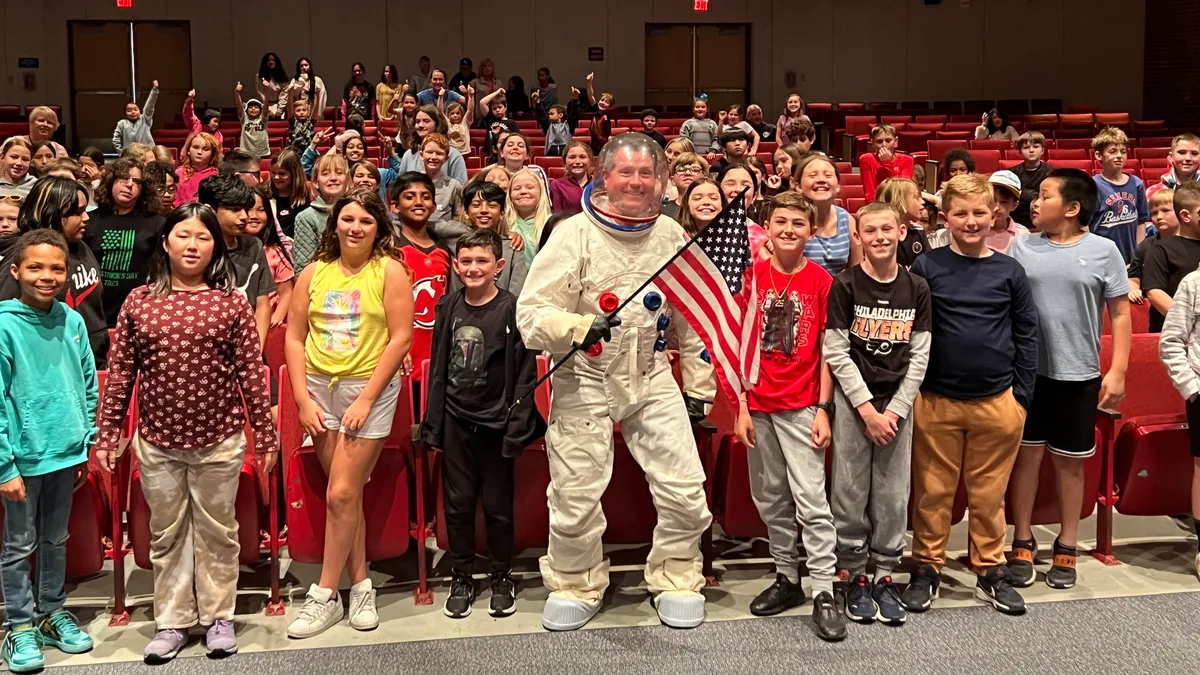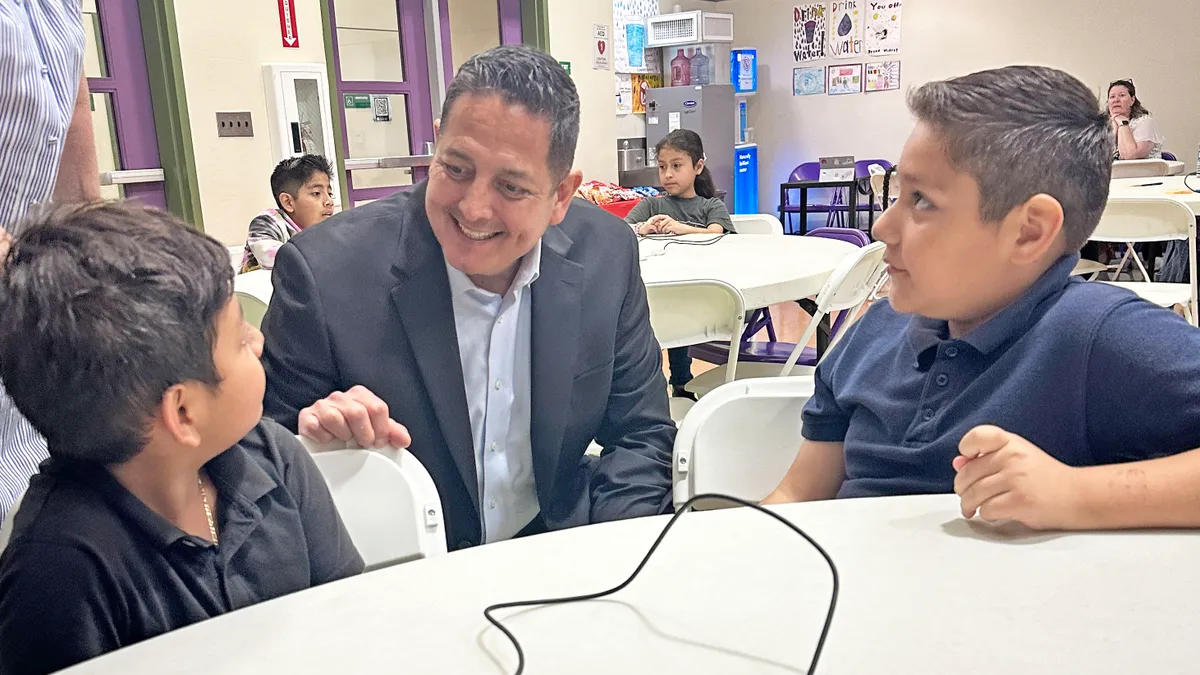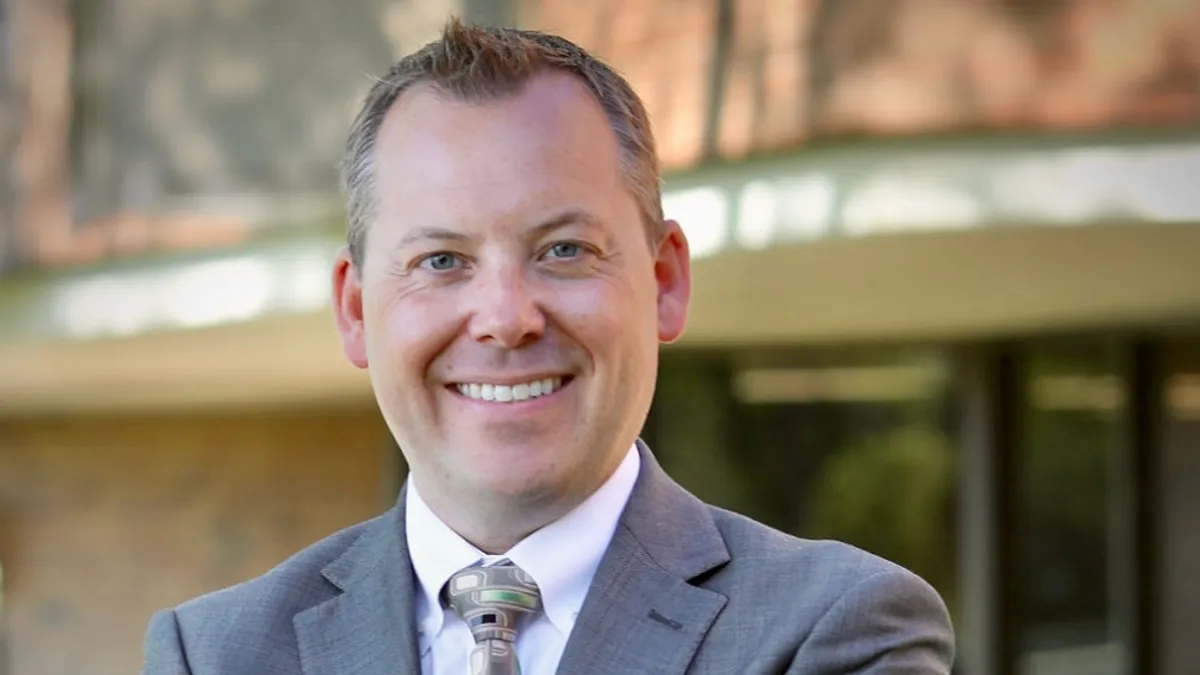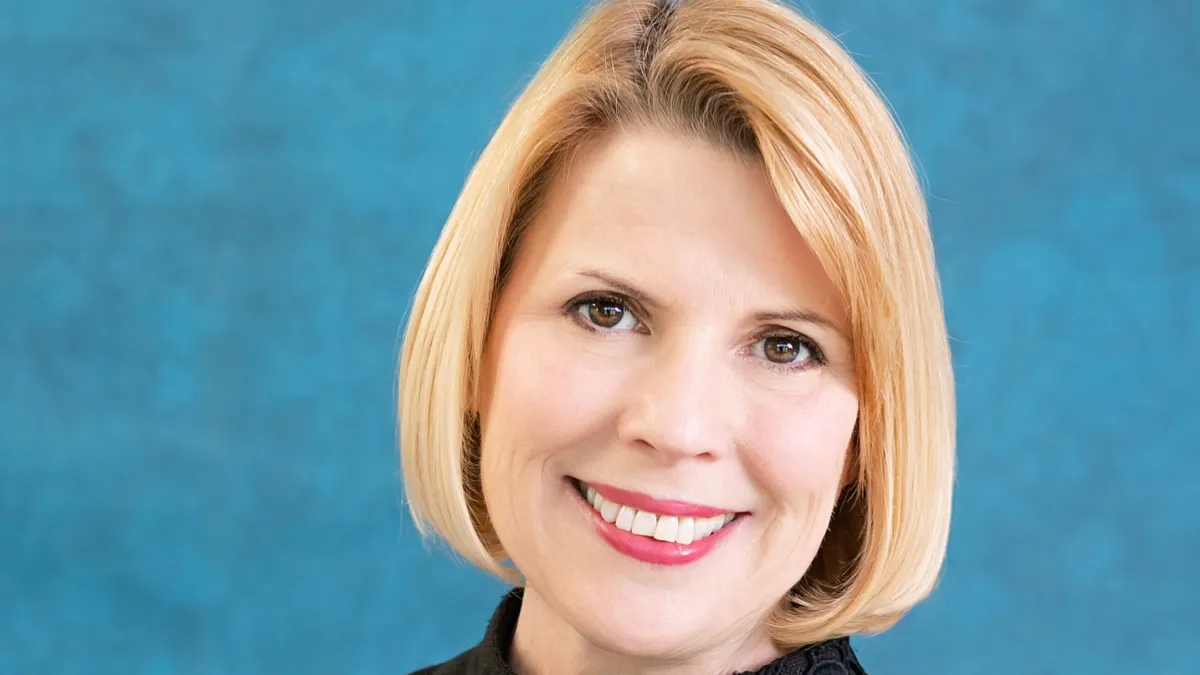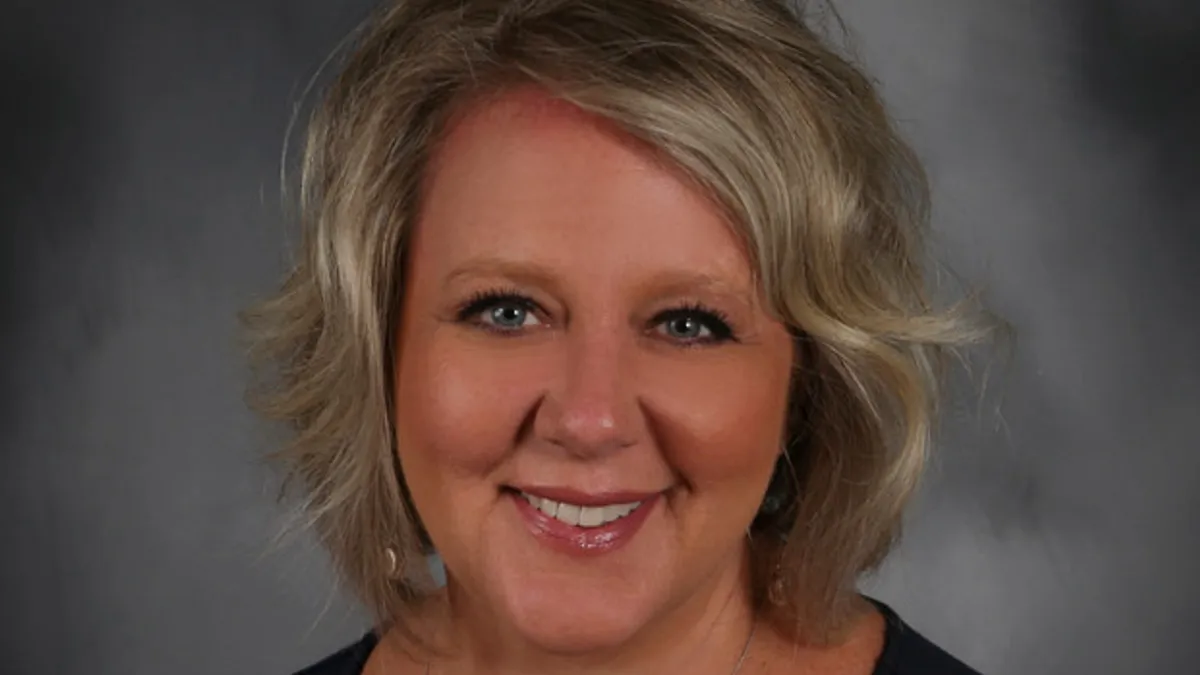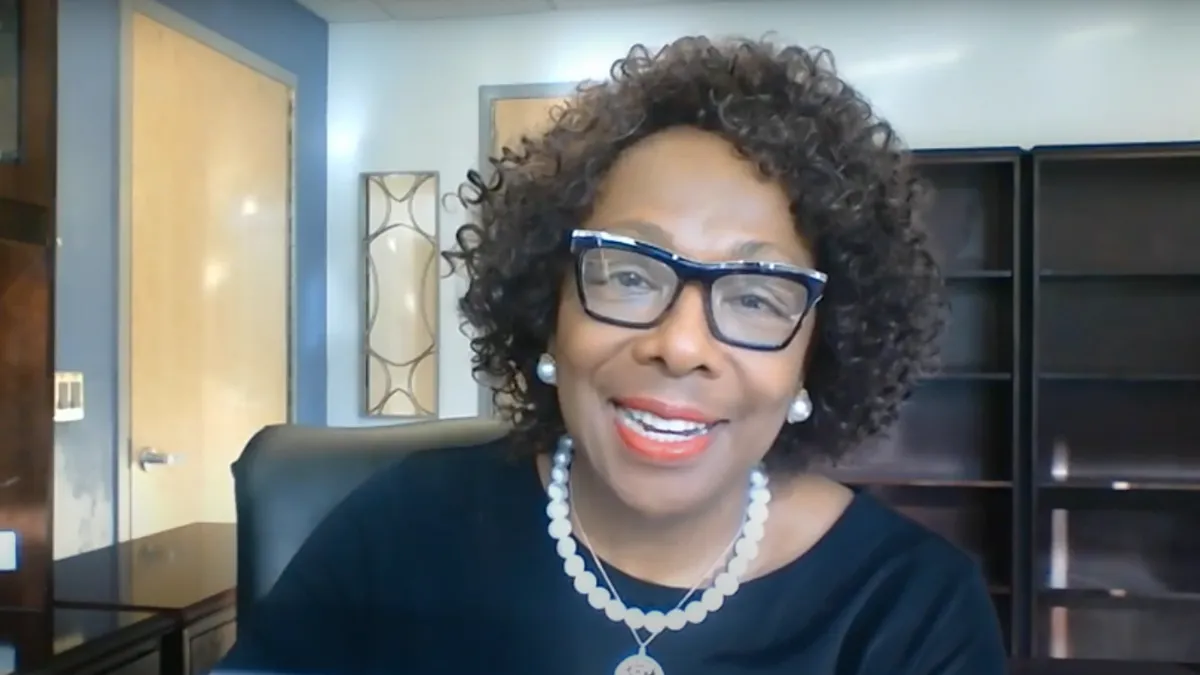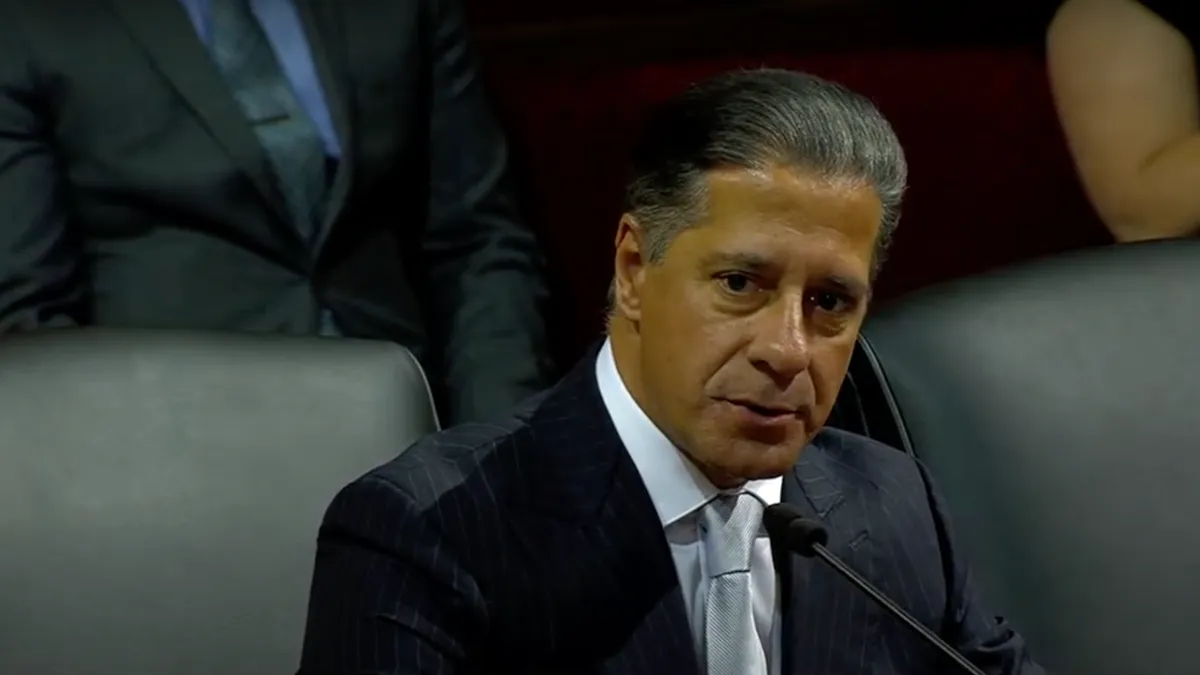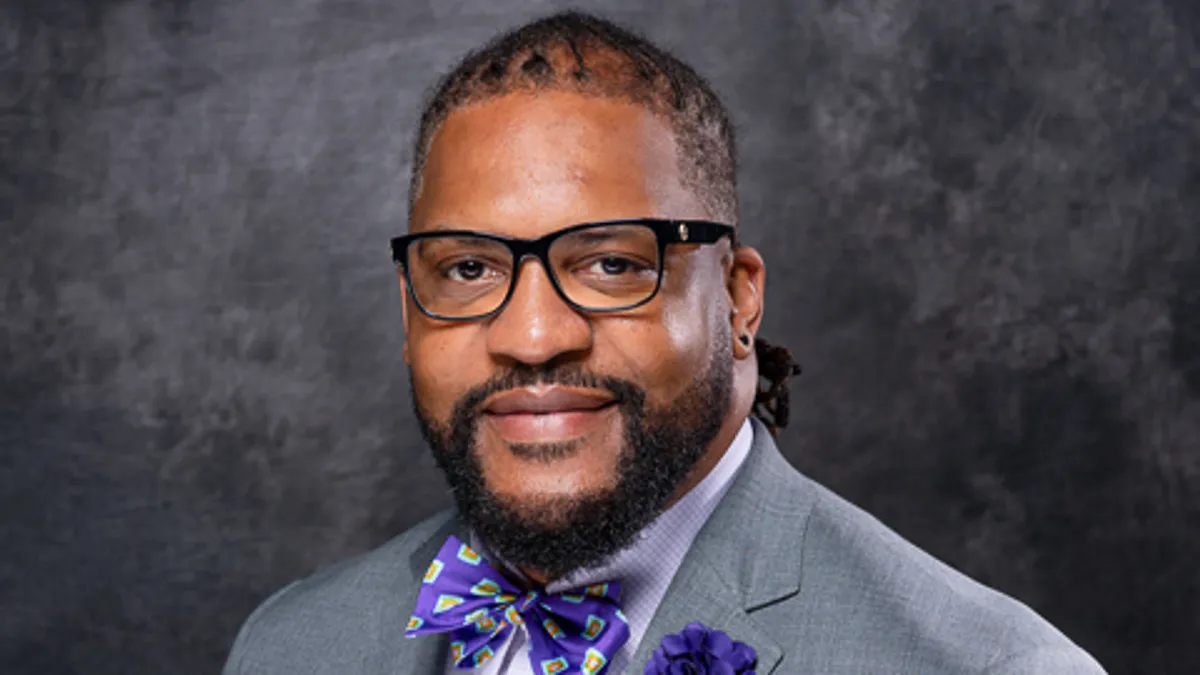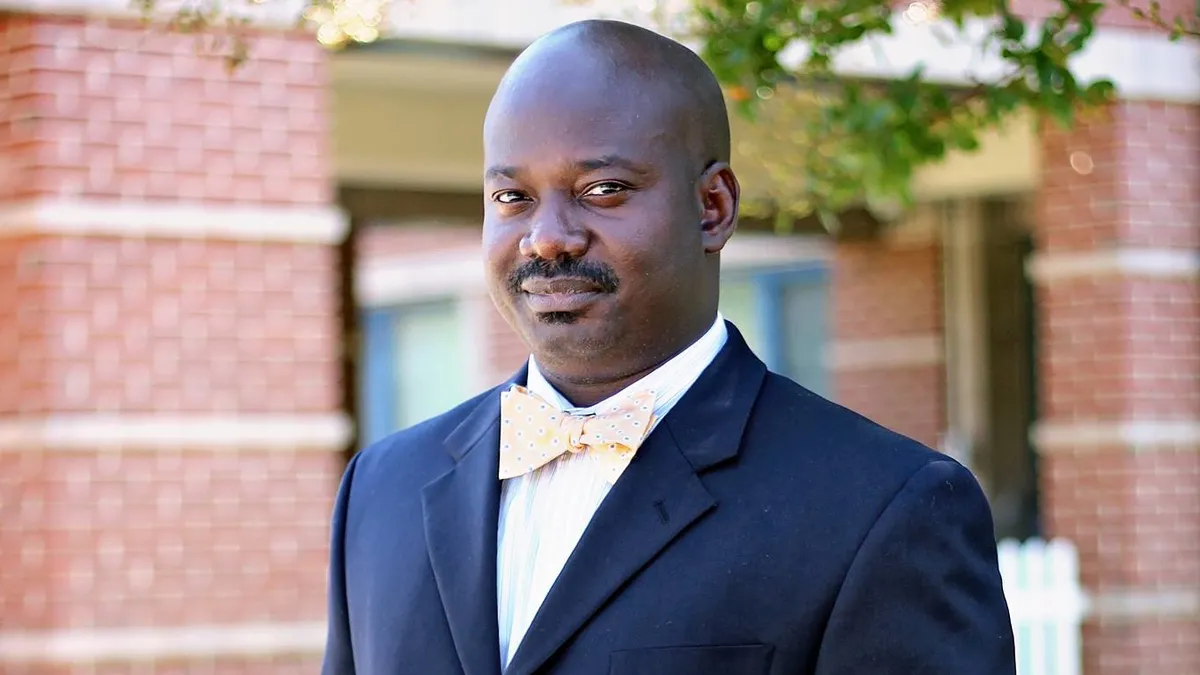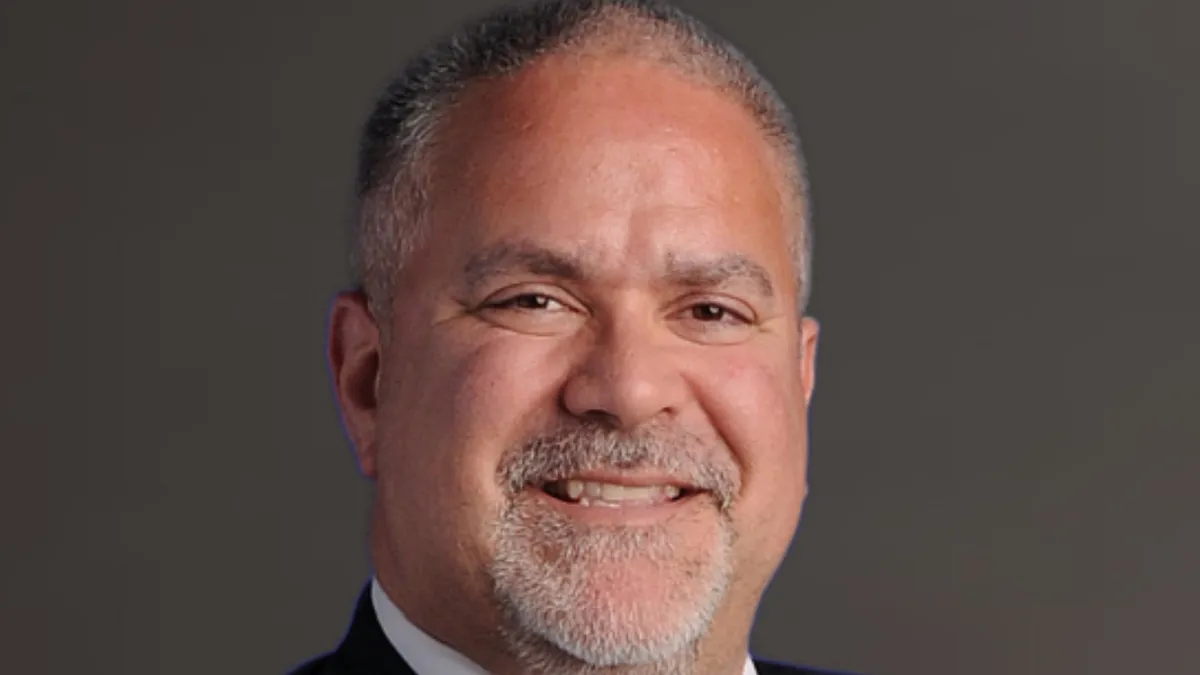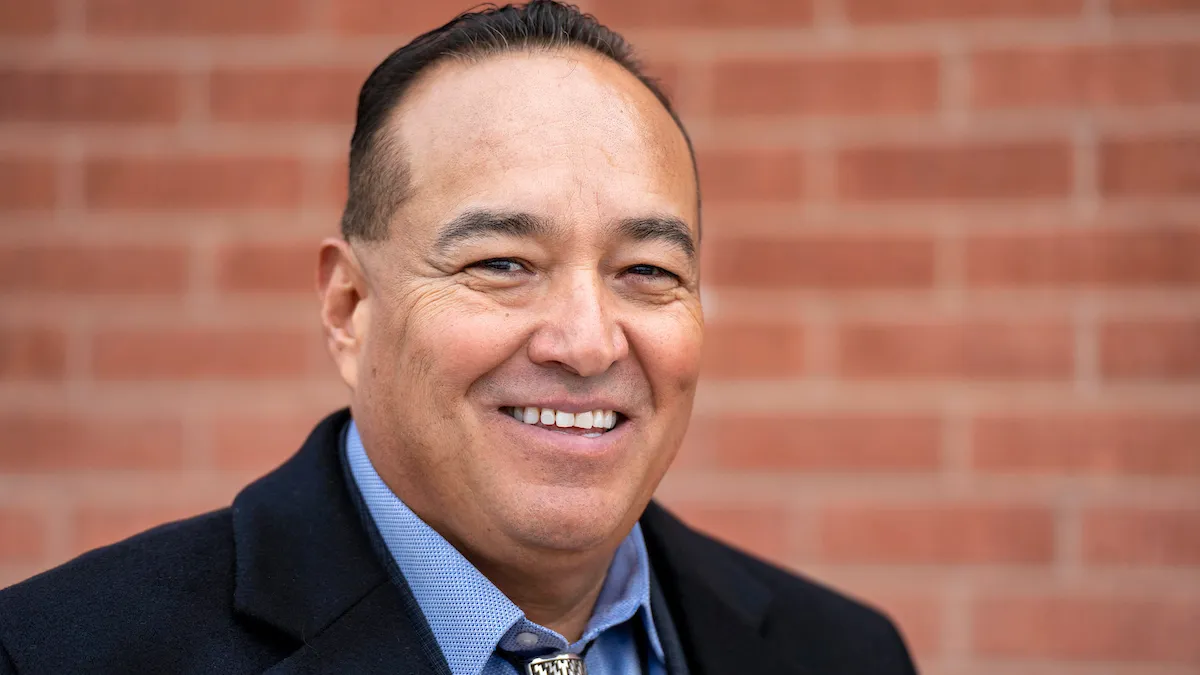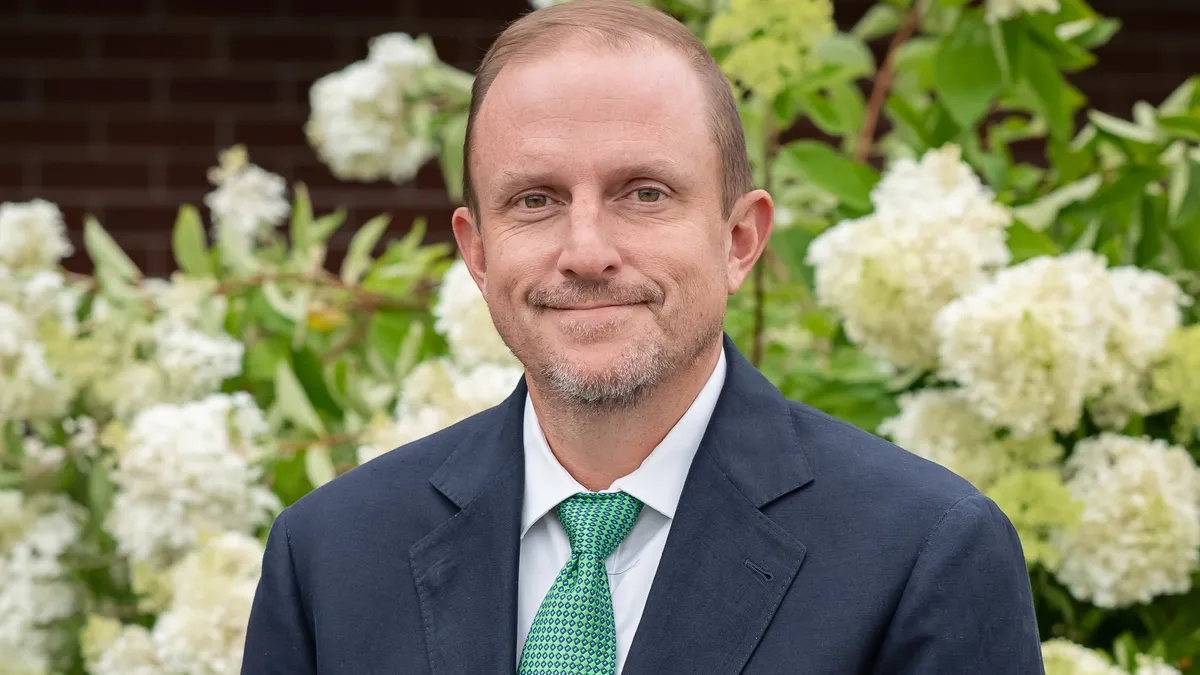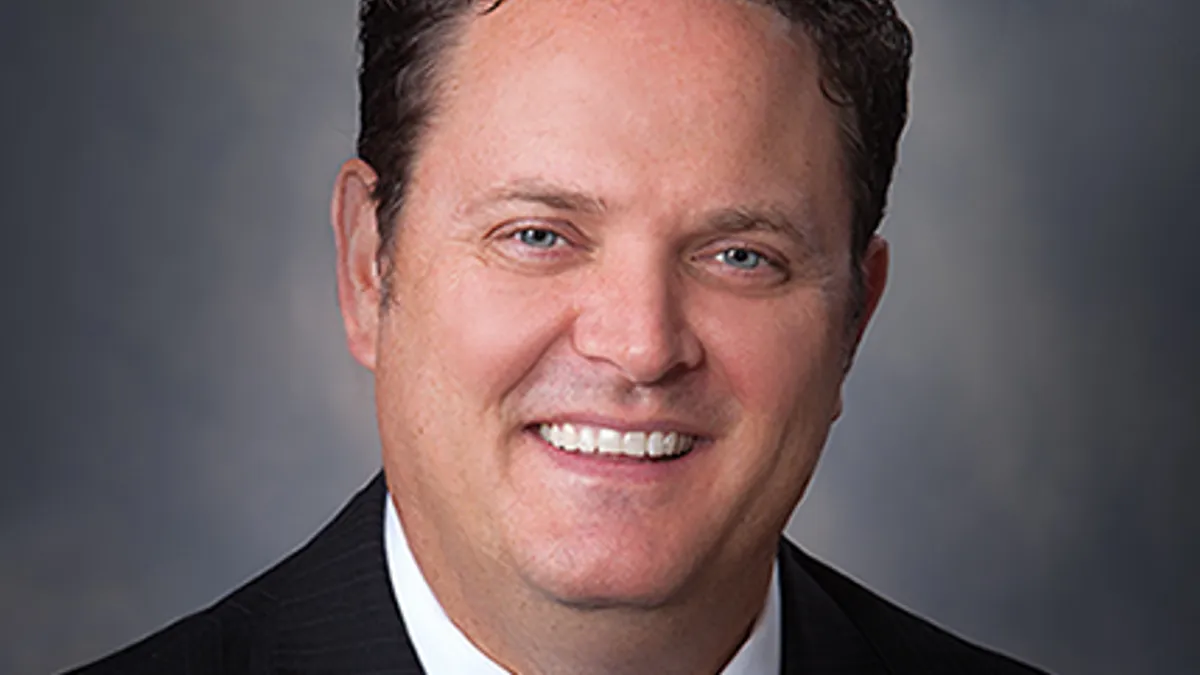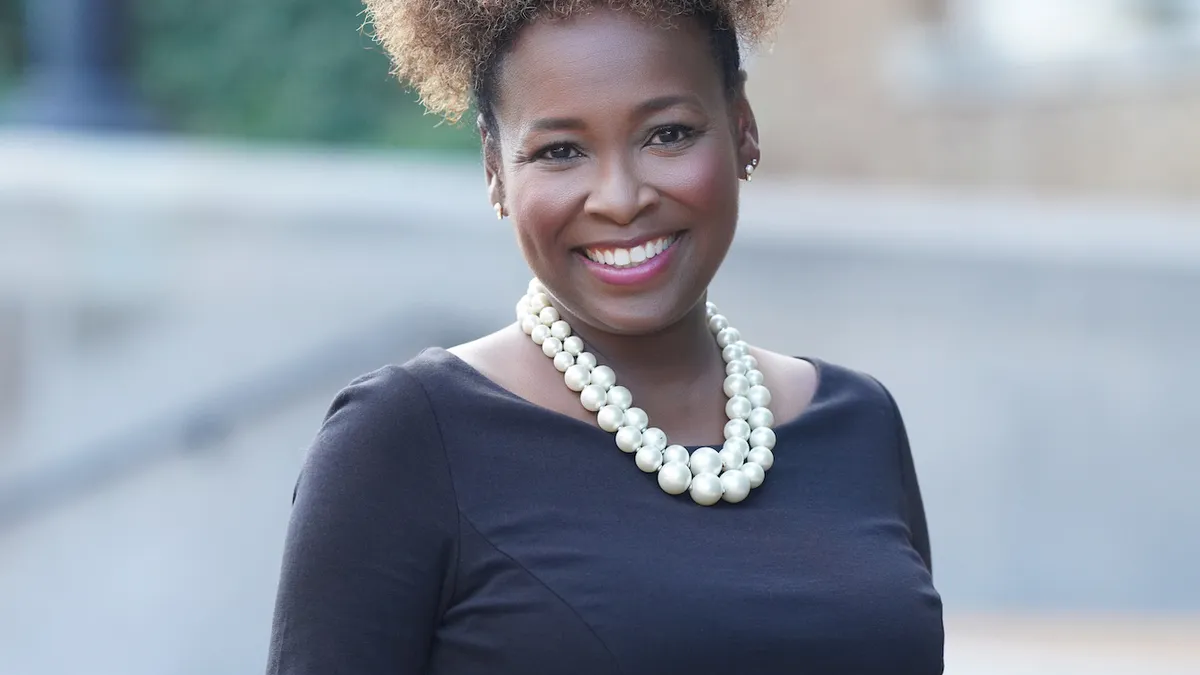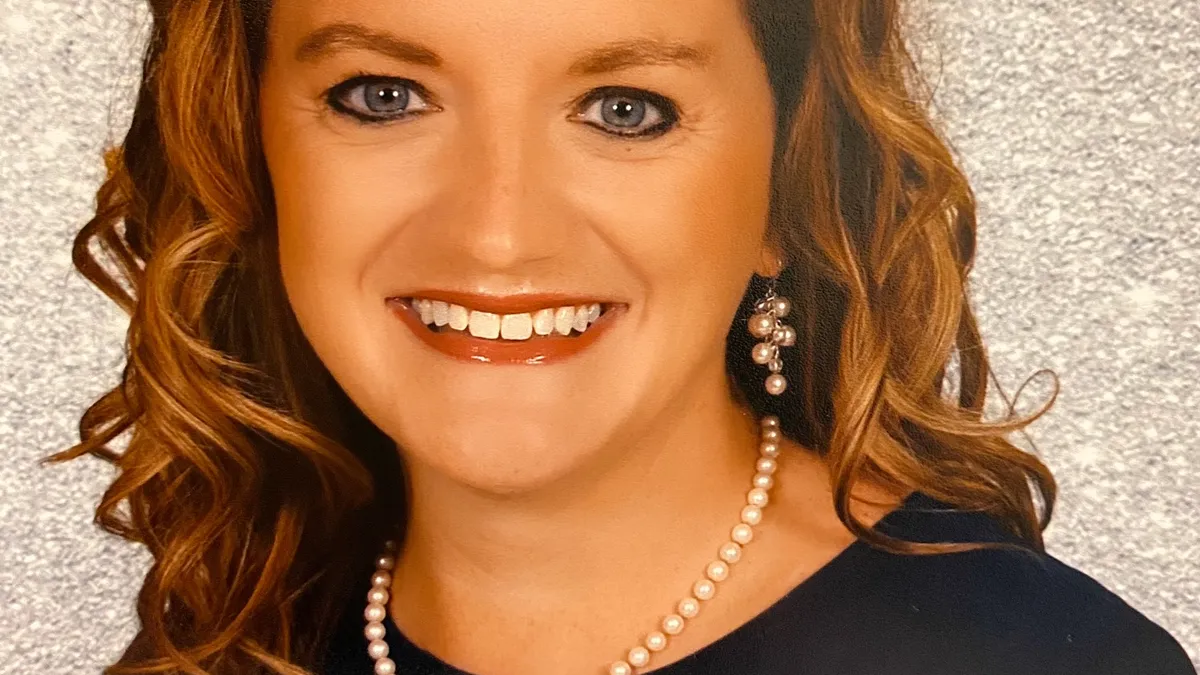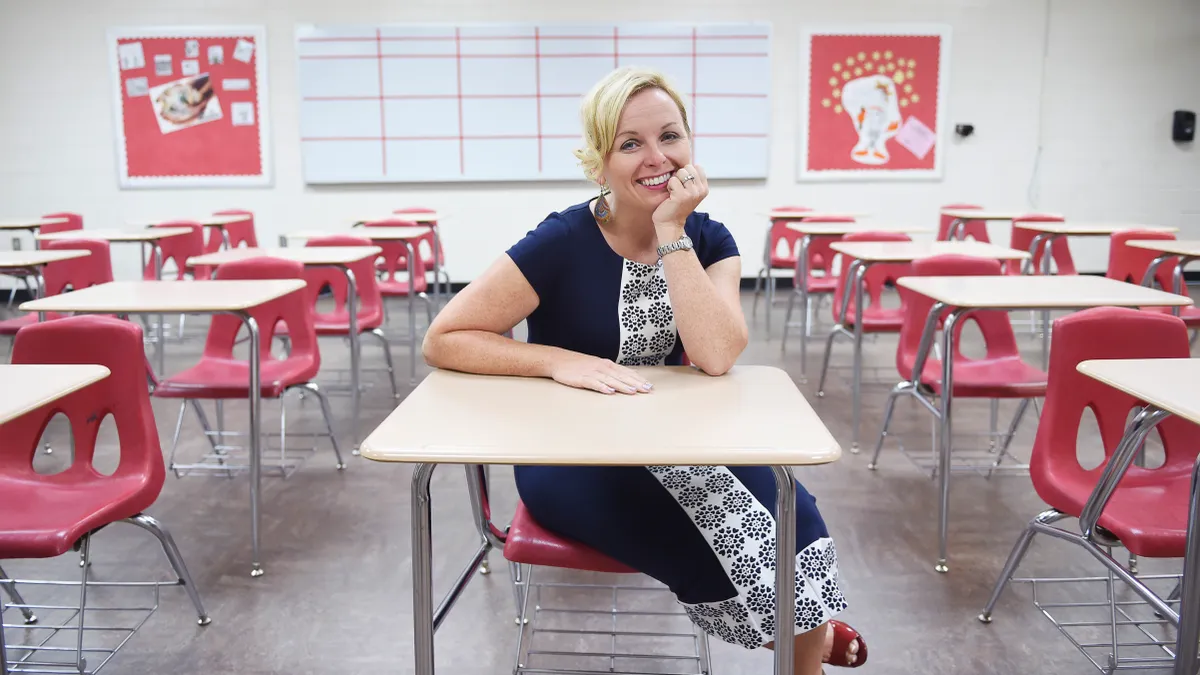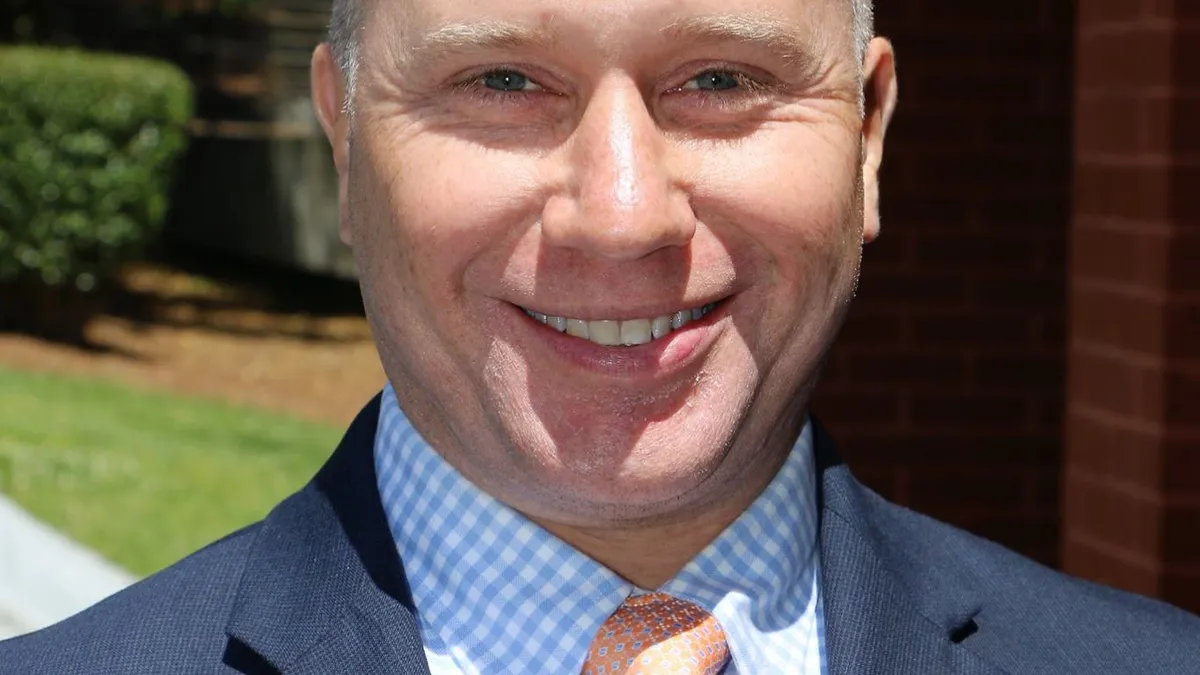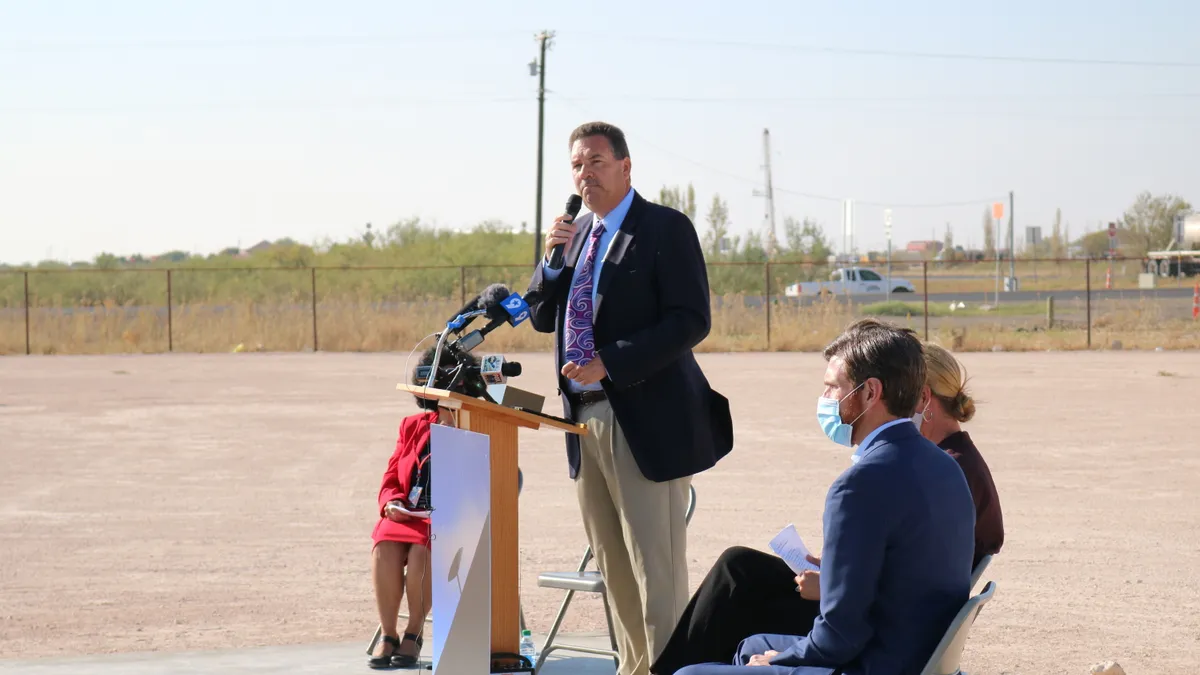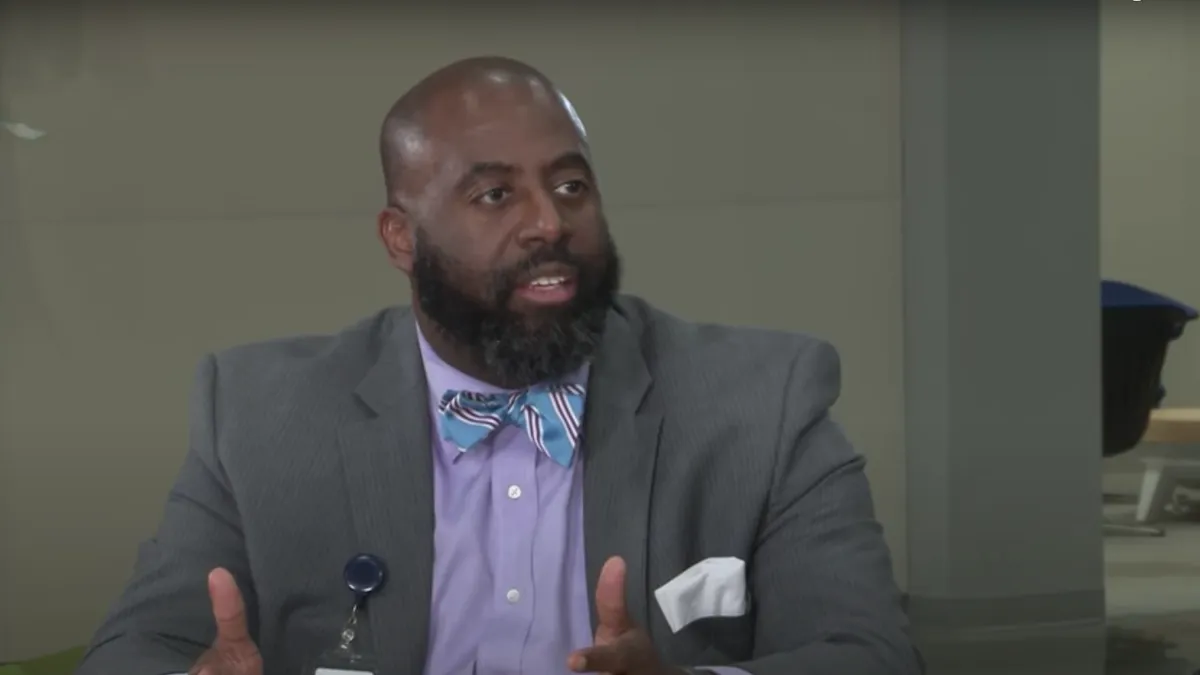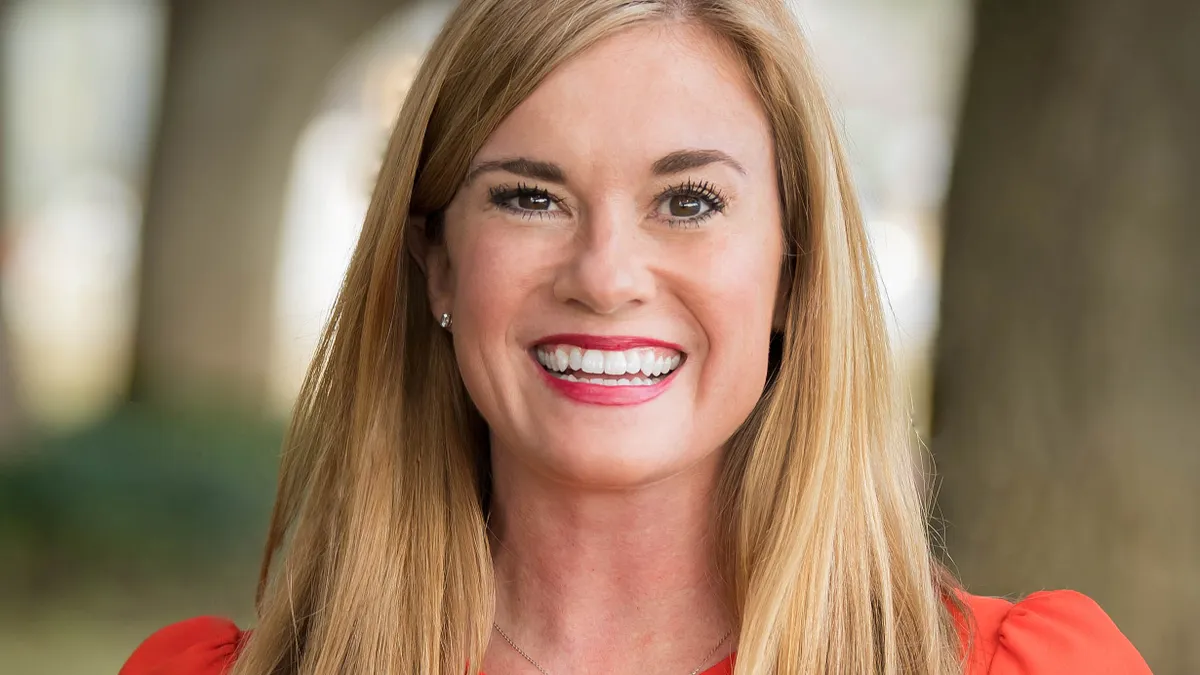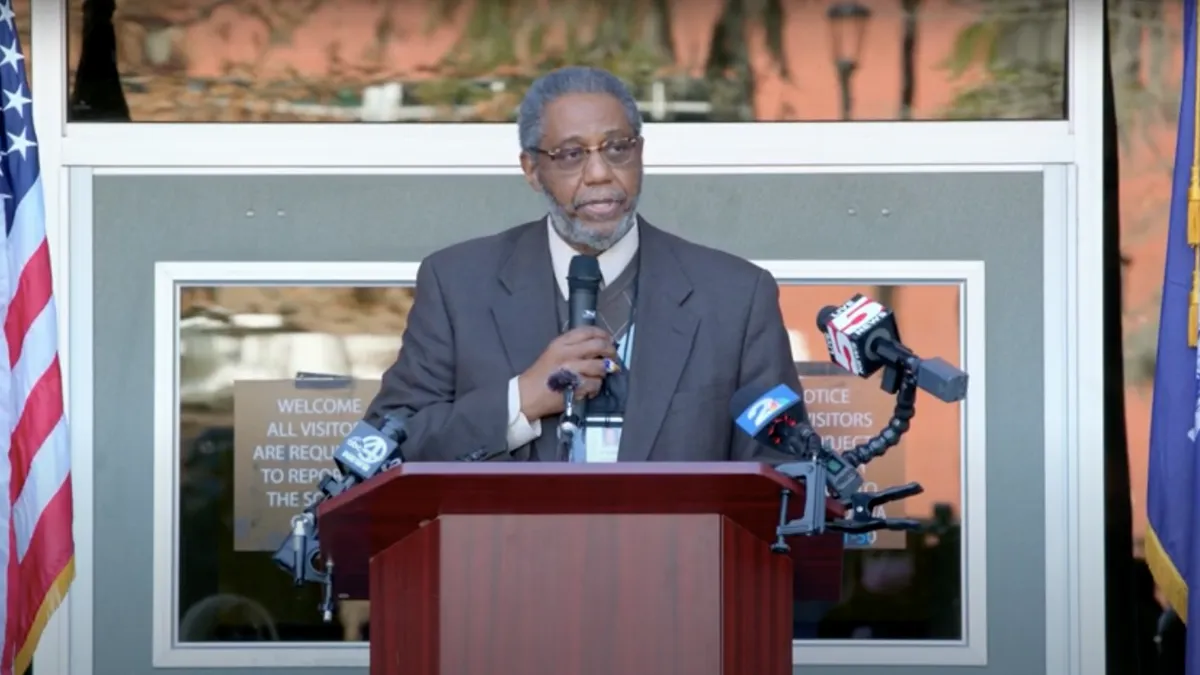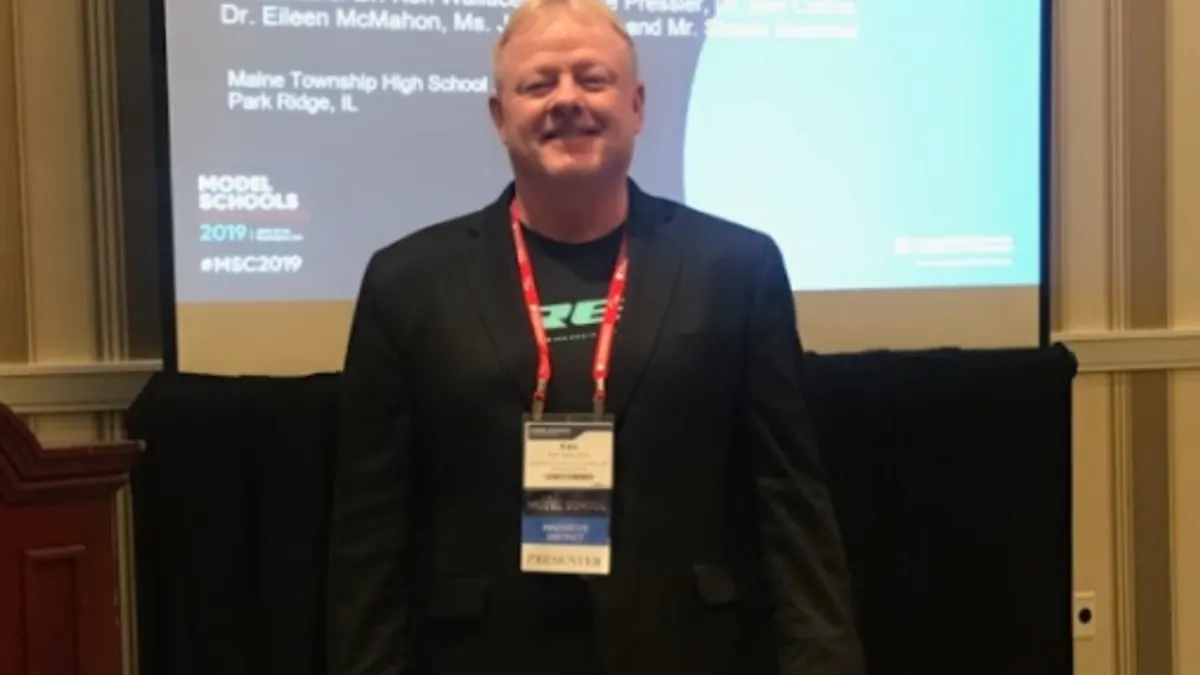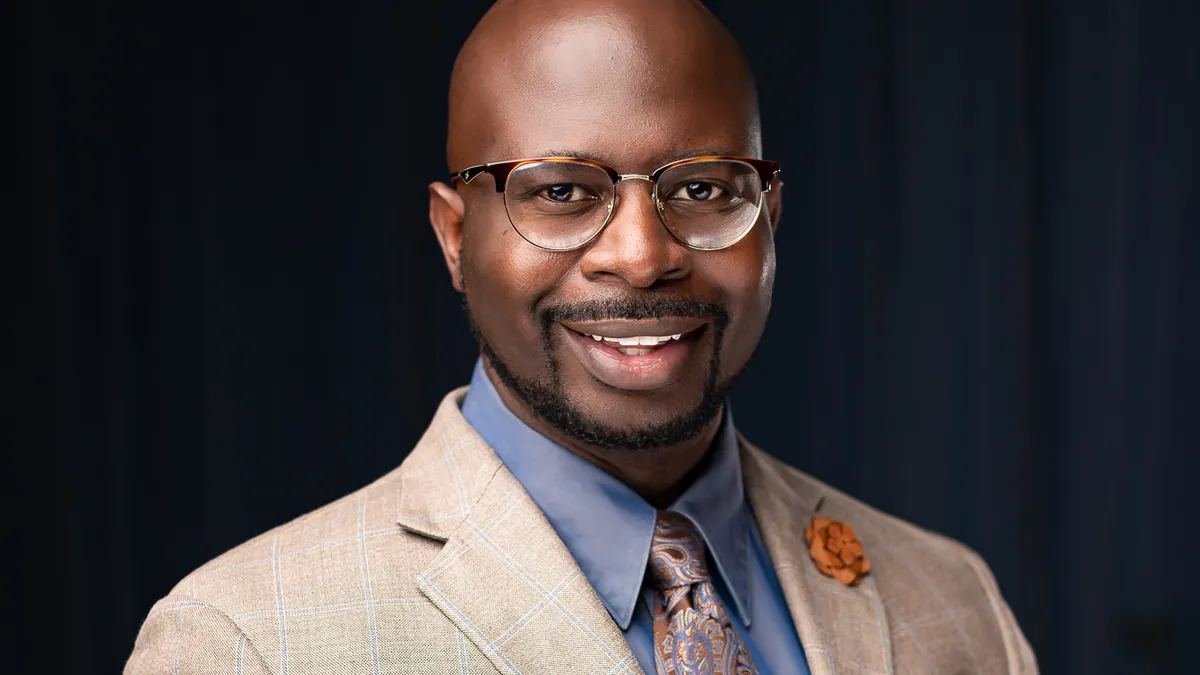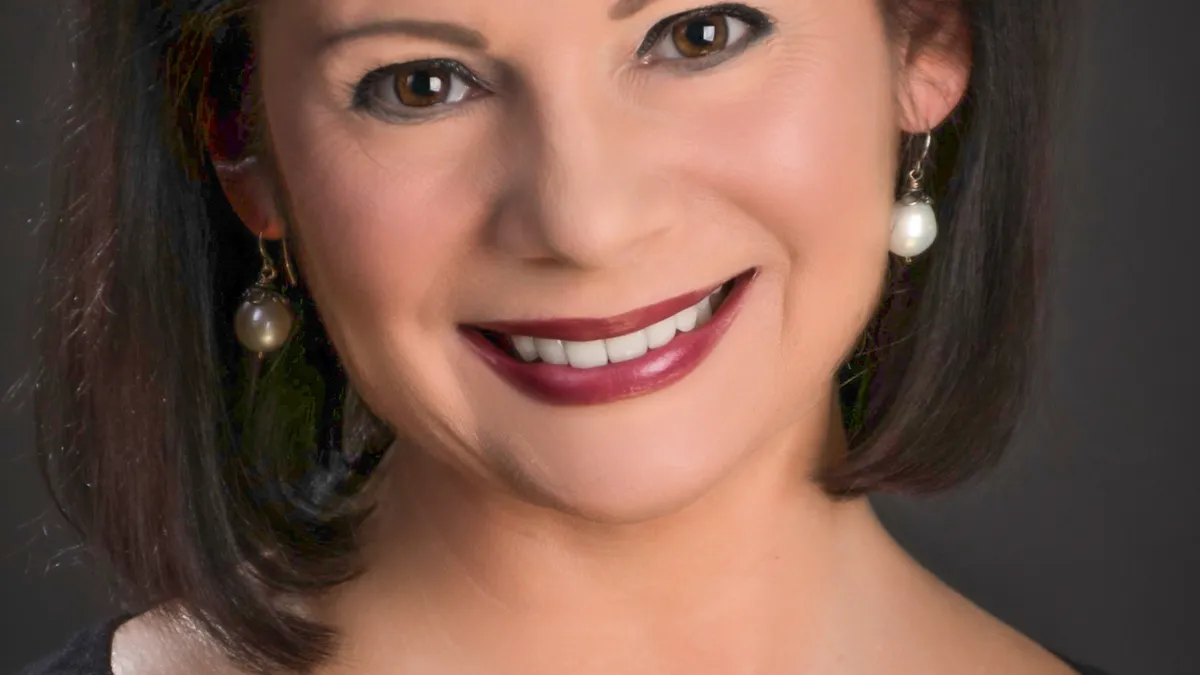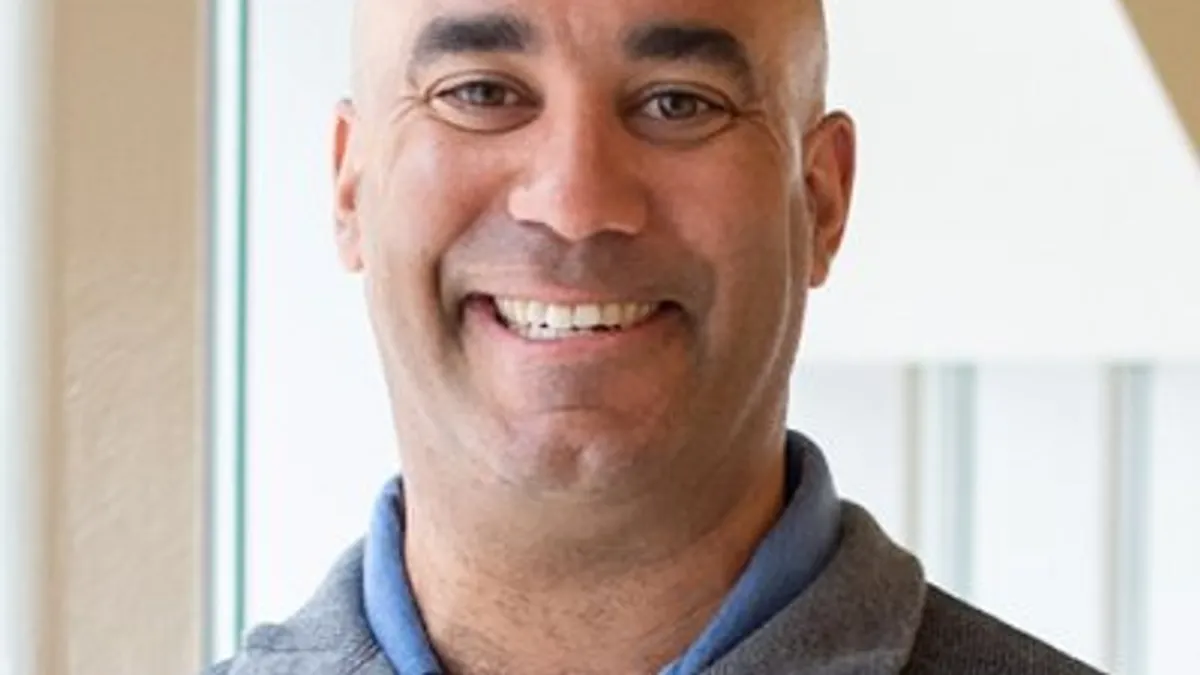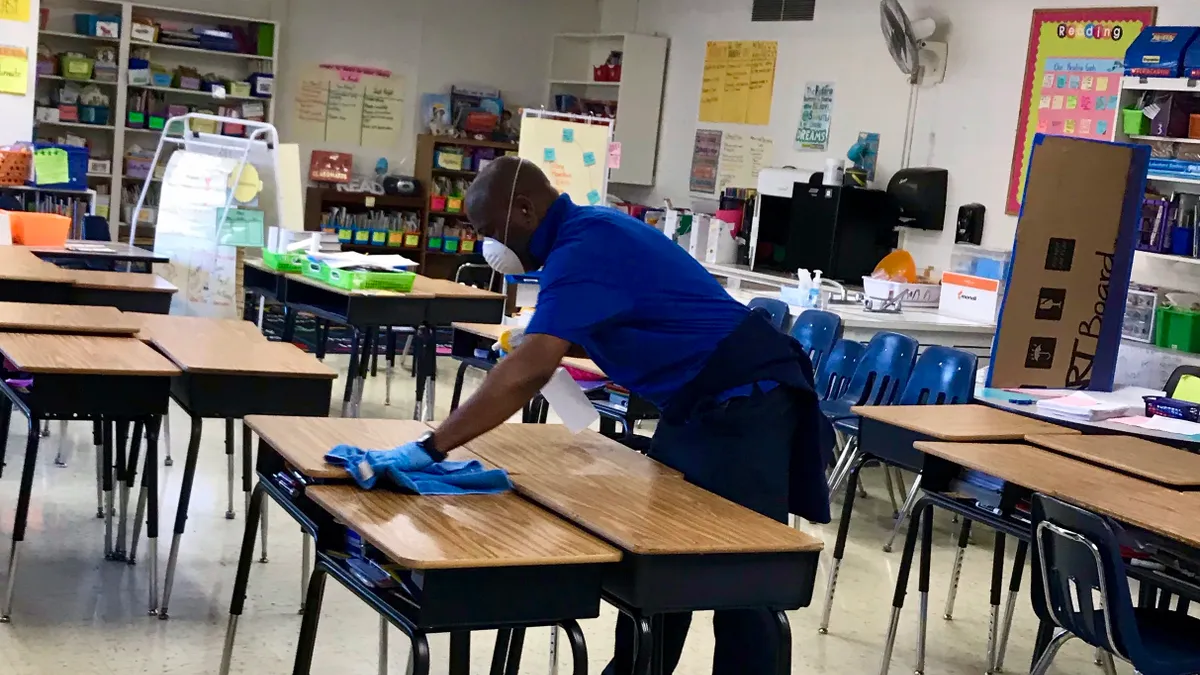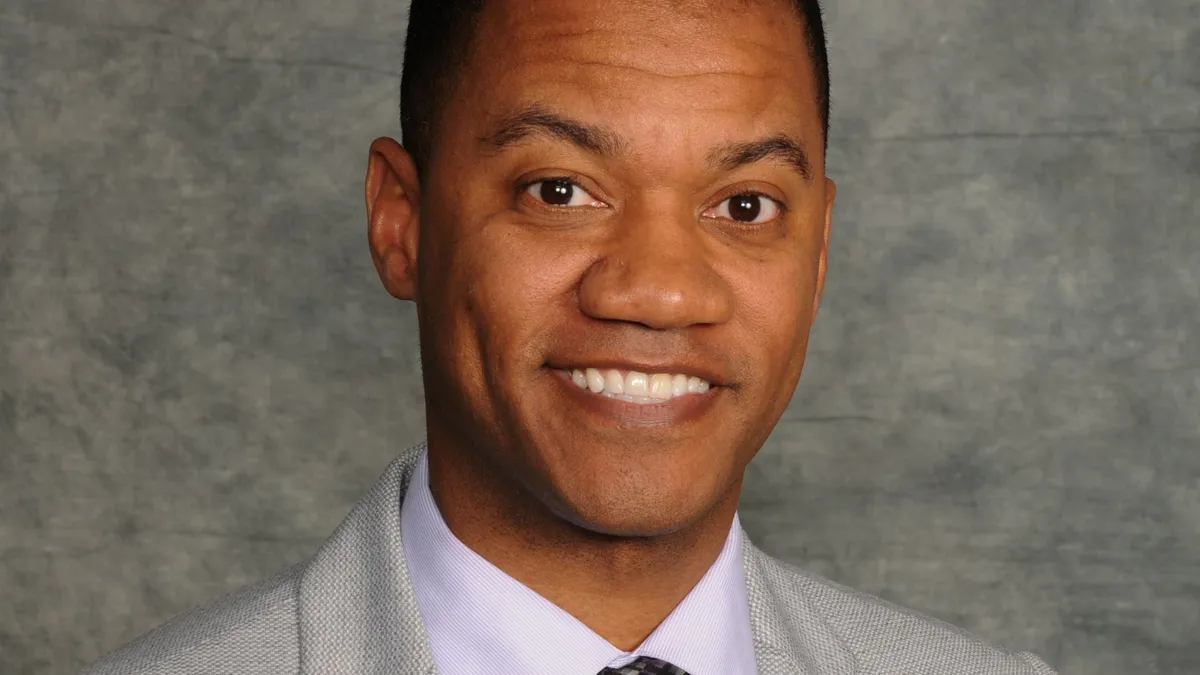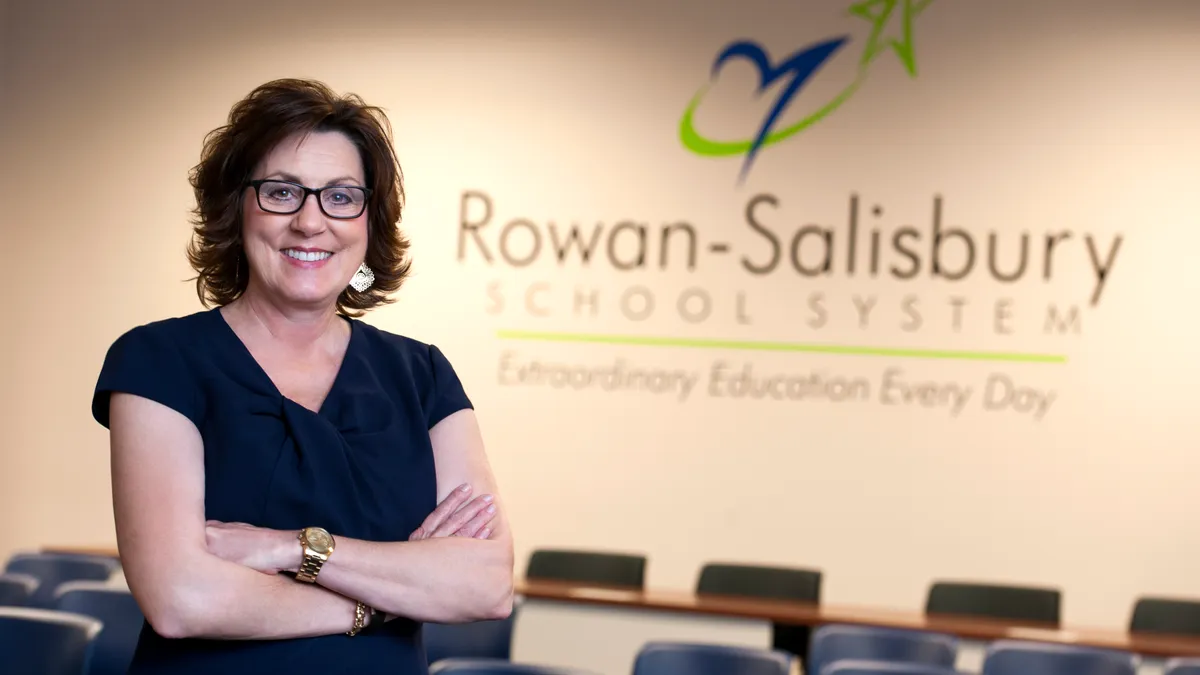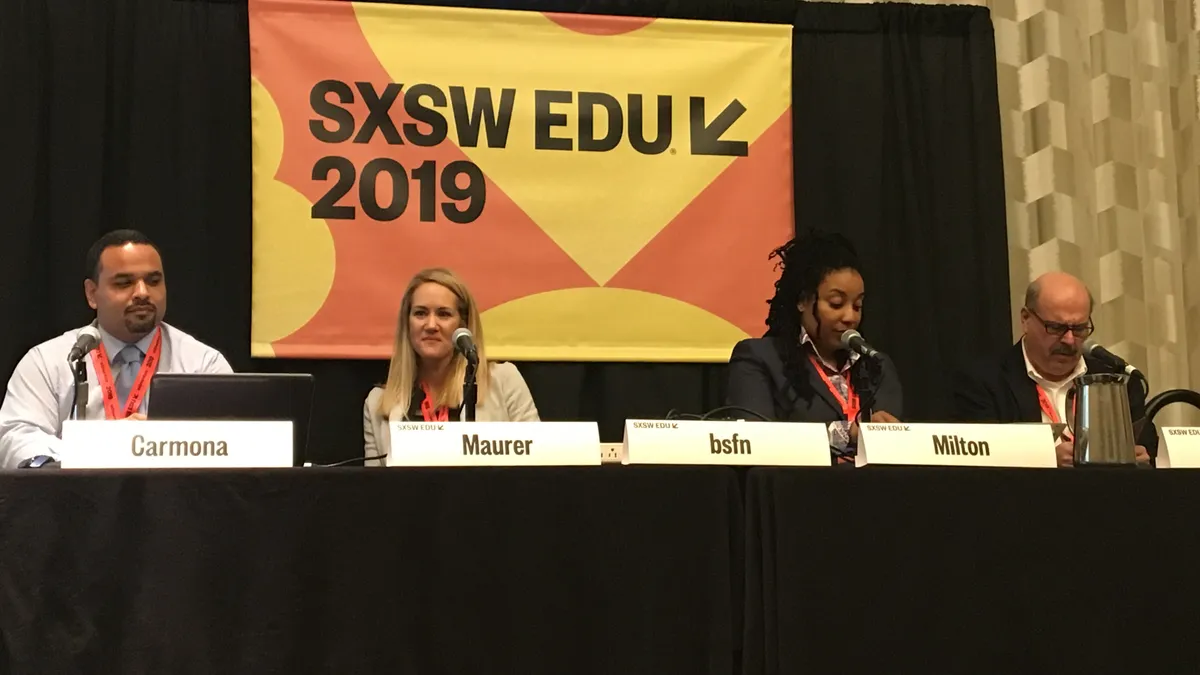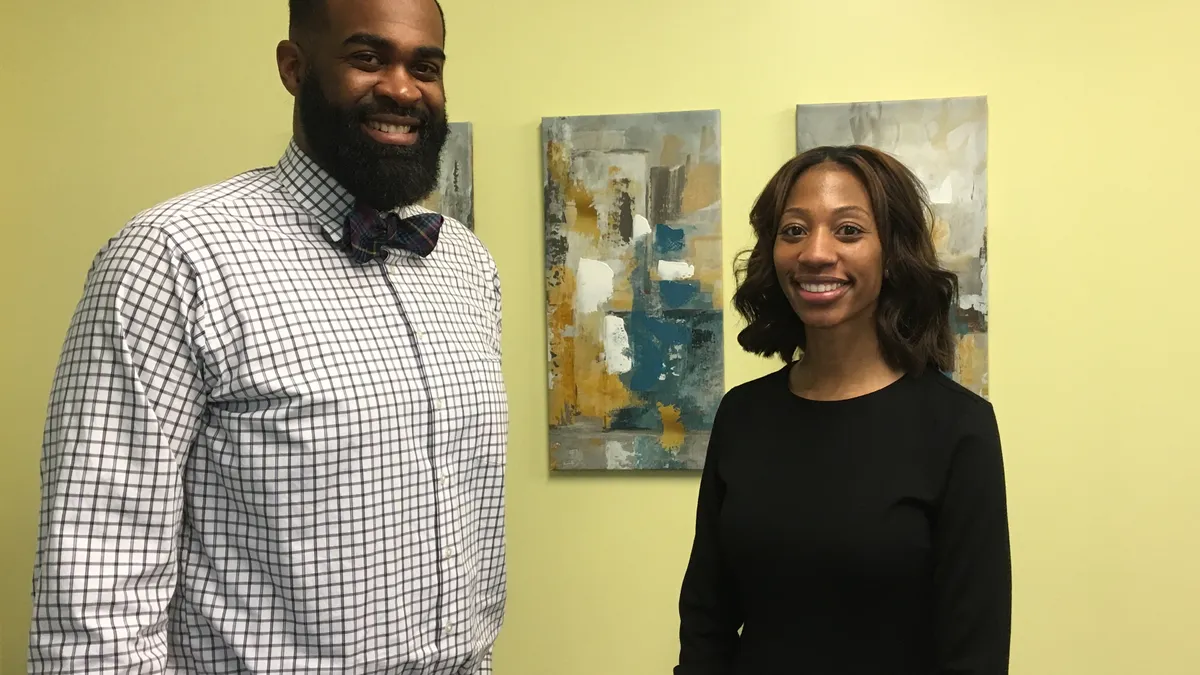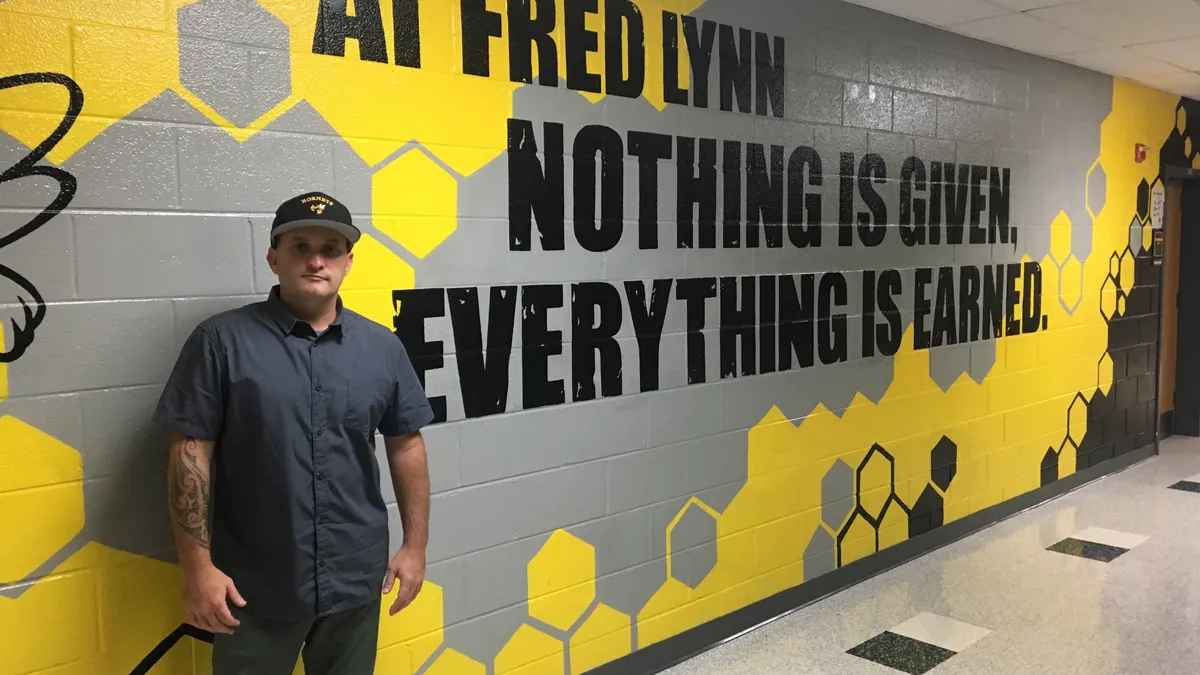Lessons In Leadership is an ongoing series in which K-12 principals and superintendents share their best practices and challenges overcome. For more installments, click here.
Over the course of 2021, K-12 Dive had the honor of speaking with a diverse range of principals and superintendents leading public schools and districts of all shapes and sizes. We recently pored over this year's conversations and pulled out six of our favorite takeaways.
Putting more men of color in classrooms requires focus, intent
"We put structures in place for mentoring. We've networked with our local HBCUs for recruitment purposes, as well as the Call Me MISTER programs throughout the state. We go out and bring them to our school district, give them an opportunity to see what it's like to be a teacher in our schools, and, once we have them, we partner them with mentors who are men of color already in our school district.
"They have mentorship at their schools from their principals, and they also have a male of color as a mentor. And then we also create a network and experience where we meet with them once a month, and we do PD, and we just have general conversations around supporting and developing men of color in the classrooms. We do book studies and things like that to also strengthen them as practitioners and give them a sense of belonging in our school district."
- Baron Davis, superintendent of Richland Two School District in Columbia, South Carolina
Home visits can help better target efforts to improve equity
"Then we know where the kids are coming from. We know if there are a lot of siblings in the home, or we kind of get a gauge that they may need a couple extra things. Or the parents may express to us that there's some extra need or some extra things that we may need to think about as a child's coming in.
"It's a safer space than when we're asking them to come into our space for the first time, because we're in a space where all of our families feel most comfortable — their homes. So they generally tend to be a little bit more vulnerable and share some of that information that just helps us to help their children succeed even more."
- Tara Desiderio, principal of Wescosville Elementary School in Allentown, Pennsylvania
Dual-language programming is key to engage high ELL populations
"You know, we want kids to be multilingual. That should be celebrated. And I think in school districts that create environments that support students becoming multilingual, those students end up developing a skill set that I don't even have as a superintendent. I would love to be a multilingual or bilingual superintendent and didn't have that opportunity growing up, but our children have that opportunity.
"So we celebrate [ELLs’] languages and see that as a possibility that gives them significant opportunities in life. A strong bilingual program really supports language development in their native language as well as the English language."
- Scott Muri, superintendent of Ector County Independent School District in Odessa, Texas
Tenure and consistency matter for meaningful change
"The first thing they see and feel is somebody who is committed to them versus just being interested in a position. They see and feel somebody who's really working hard to try to know everybody's name, and I'm trying to be at every event I could possibly be at and try to figure out who they are as human beings and what their passions are and what their problems are and what they care about or what they don't care about."
- Keith Ball, principal of Marietta High School in Marietta, Georgia
Leadership and coaching opportunities matter for teacher retention
"We're constantly ideating on how to continue to open up paths. How do we find leadership opportunities for every teacher? We have five instructional coaches in each building. As those spots come open, there's a lot of competition for each of those spots — which is a good thing.
"We want people to see that as having a lot of caché, that it’s a true teacher leadership position. Those people, because of the way we've evolved our system, are not just leaders of teachers, but leaders in the building. Their input for the administration team in the building is significant."
- Kenneth Wallace, superintendent of Maine Township High School District 207 in Park Ridge, Illinois
The key to leading middle-schoolers: Patience and empathy
"We've done a lot of work with looking at, developmentally, where kids are at at this age and done some book studies around brain development in the middle years. It's really helped us to take the emotion out of it and really recognize our kids have some big growth milestones they're trying to accomplish in these years. Sometimes their body or their behavior may not mirror their cognitive ability, but they're also navigating hormones and other things."
- Jessica Cabeen, principal of Ellis Middle School in Austin, Minnesota



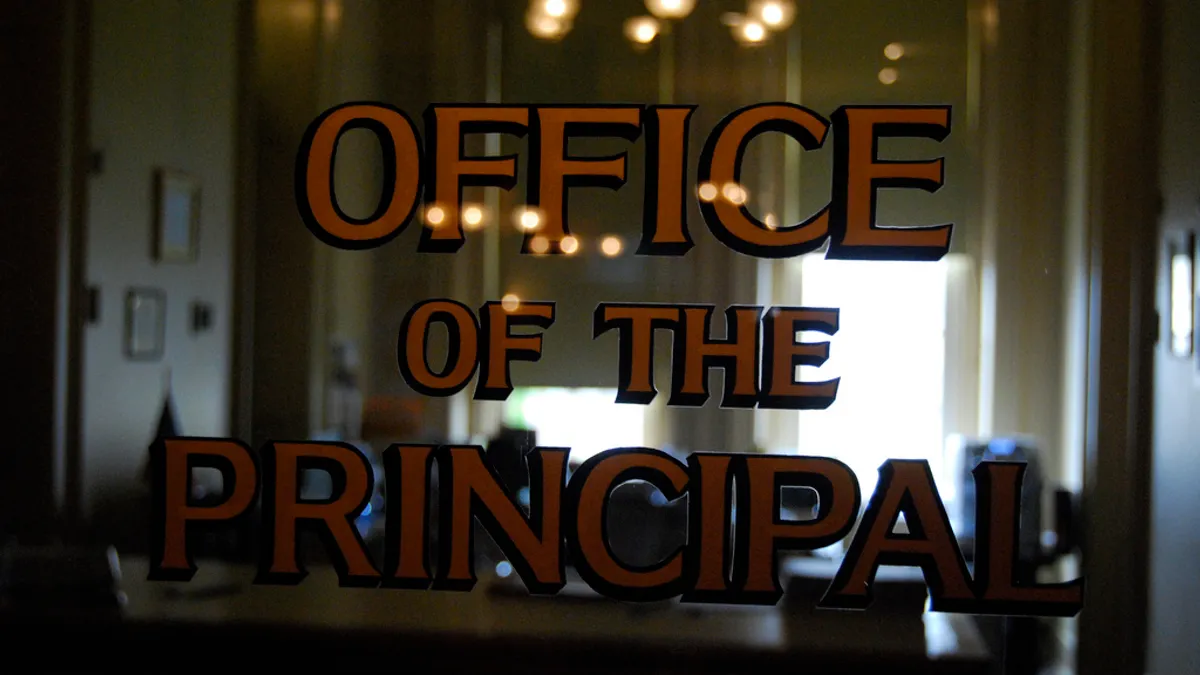



 Dive Awards
Dive Awards

